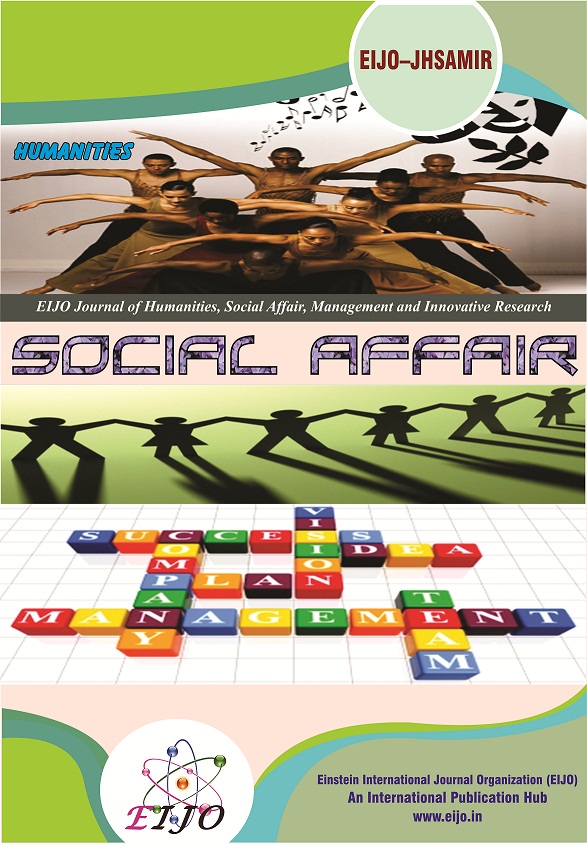JOURNALS || EIJO Journal of Humanities, Social Affair, Management and Innovative Research (EIJO – JHSAMIR) [ ISSN : 2455 - 927X ]
Abstract
Educational technology has become an essential part of modern education, transforming the way students learn and teachers teach. This paper examines the impact of educational technology on student learning by reviewing relevant literature on the topic. It highlights the benefits of using educational technology, including increased engagement, improved motivation, and enhanced collaboration. However, it also acknowledges potential challenges, such as the need for proper training and support, as well as the risk of technology becoming a distraction rather than a tool for learning. The integration of technology in education has brought about significant changes in the learning and teaching process. This research paper explores the impact of educational technology on students’ academic achievement and the teaching process. The paper also examines the various educational technologies available and their benefits. Additionally, the challenges associated with integrating technology into education and the strategies to overcome them are discussed. The paper concludes that educational technology can enhance learning and teaching by providing students with new ways of learning and allowing teachers to customize their teaching approaches.
Keyword: Educatonal Technology, Academy, Training
- Adams, S. (2015). The impact of educational technology on student achievement. Journal of Educational Technology Development and Exchange, 8(1), 1-14.
- Blended Learning Universe. (2018). What is educational technology? Retrieved from https://www.blendedlearning.org/what-is-educational-technology/
- Bransford, J. D., Brown, A. L., & Cocking, R. R. (2000). How people learn: Brain, mind, experience, and school. National Academy Press.
- OECD. (2015). Students, computers and learning: Making the connection. Retrieved from https://www.oecd.org/education/students-computers-and-learning-978926
- Busselle, R., & Bilal, D. (2008). Multimedia Learning in E-Learning: Effects of Interactive Elements on Learning Efficiency. Journal of Educational Multimedia and Hypermedia, 17(1), 41–68.
- Means, B., Toyama, Y., Murphy, R., Bakia, M., & Jones, K. (2009). Evaluation of Evidence-Based Practices in Online Learning: A Meta-Analysis and Review of Online Learning Studies. Washington, D.C.: US Department of Education.
- Tamim, R. M., Bernard, R. M., Borokhovski, E., Abrami, P. C., & Schmid, R. F. (2011). What Forty Years of Research Says About the Impact of Technology on Learning: A Second-Order Meta-Analysis and Validation Study. Review of Educational Research, 81(1), 4–28. https://doi.org/10.3102/0034654310393361



